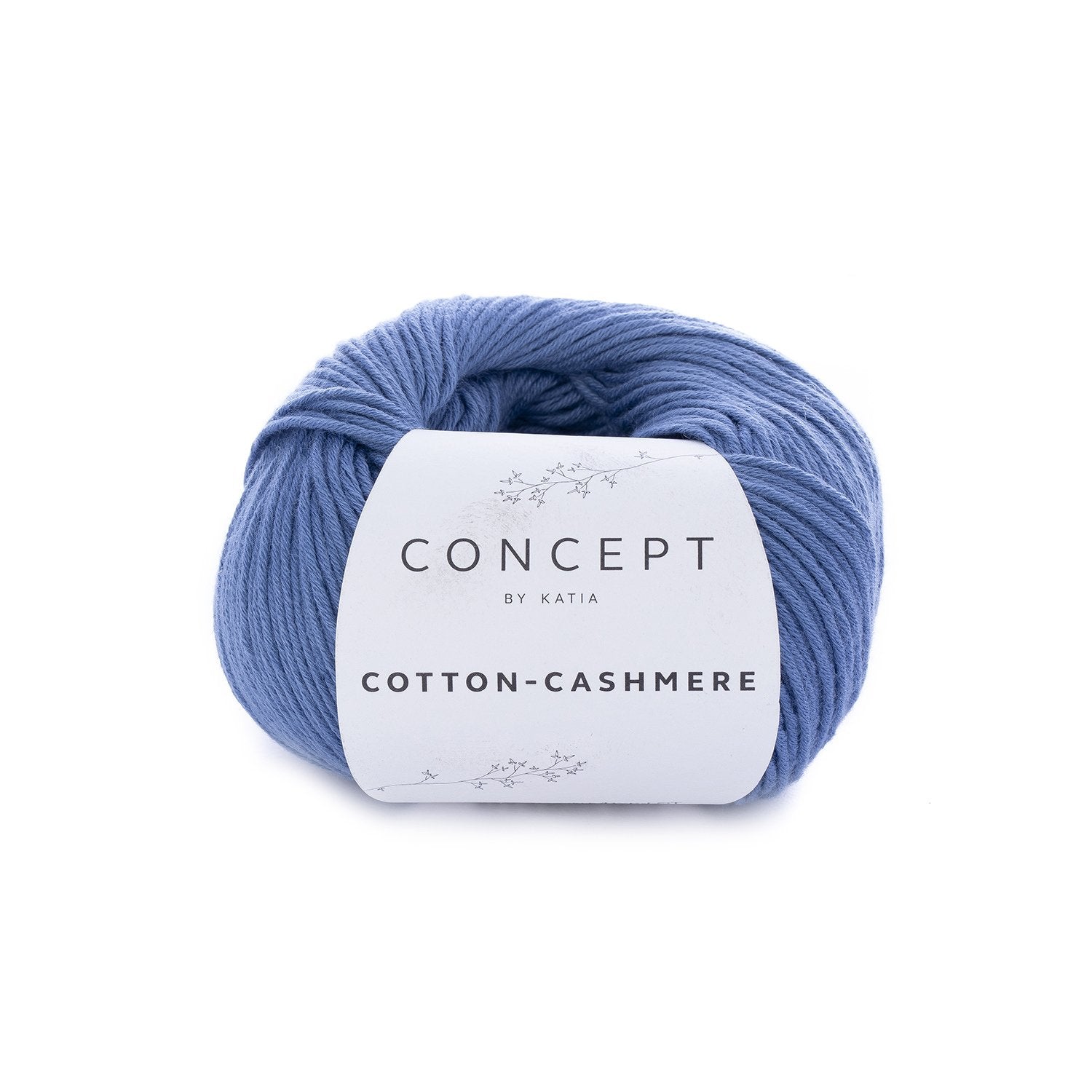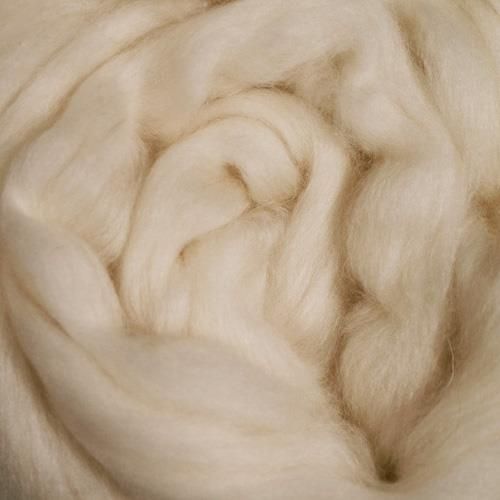The Perks of cashmere fibre: Why It’s the Most Sought-After Material
Wiki Article
Recognizing the Different Types of Cashmere a Natural Fiber and Their One-of-a-kind Benefits

The Beginnings of Cashmere: A Historical Review
While the lavish touch of cashmere remains to charm modern-day customers, its beginnings map back to the extreme, cold climates of Mongolia and the Mountain ranges. For centuries, the aboriginal individuals of these regions have been increasing Capra Hircus goats, the prime resource of cashmere woollen. These goats, resistant versus the serious winters months, grew a fine undercoat to survive, which later ended up being called cashmere. The name itself pays tribute to Kashmir, a region in India where the woollen was at first refined. Much of the very early cashmere profession path was facilitated by the Silk Road, linking Asia with the Middle East and Europe. Despite its worldwide spread, the finest cashmere is still thought to originate from the initial regions of Mongolia and the Himalayas.

The Production Process: From Goat to Garment
Shearing a Capra Hircus goat marks the beginning of the complex cashmere manufacturing procedure. This delicate treatment normally occurs once a year during springtime. The fine, soft undercoat is then divided from the coarser external hair, a process recognized as dehairing. The resultant raw cashmere is after that cleaned to remove impurities such as vegetable, dust, and grease issue.The tidy fiber undergoes dyeing, spinning, and weaving, or knitting, to change it right into a fabric. Complex procedures like top quality control checks and completing processes comply with, ensuring the end product preserves the glamorous requirement expected of cashmere. This meticulous procedure, from goat to garment, warrants the high expense connected to cashmere items, making them a sign of luxury and refinement.
The Numerous Kinds Of Cashmere: A Comprehensive Evaluation

The Special Advantages of Cashmere: Comfort and Sustainability
Moving from the range of cashmere types to the advantages they provide, comfort and sustainability stand out prominently. Cashmere, an all-natural fiber, is renowned for its exceptional softness, supplying a level of comfort that artificial fibers can not match.When it concerns sustainability, cashmere is biodegradable and eco-friendly, as it's collected from cashmere goats that regrow their coats annually. what is cashmere. Unlike artificial fibers which can take centuries to decay, cashmere's influence on the environment is minimal. This mix of comfort and sustainability makes cashmere a valuable option for aware customers

Caring for Your Cashmere: Upkeep and Preservation Tips
While cashmere is definitely a elegant and lasting option, it needs details care to preserve its top quality and expand its life-span. To begin, cashmere should be hand cleaned utilizing cold water and a moderate cleaning agent. Cashmere items must be kept in a completely dry and trendy place, away from straight sunshine and wetness.
Purchasing Cashmere: Recognizing Its Value and Worth
Although cashmere may at first appear like a costly investment, its lasting worth and worth come to be obvious when you consider its exceptional qualities. Known for its unequaled gentleness and heat, cashmere is a costs all-natural fiber that outshines various other materials. website here Its high demand and minimal supply add to its high price, however its longevity guarantees it lasts for years, click for more info using outstanding value for money. Cashmere items are timeless, typically becoming heirlooms gave with generations. what is cashmere. Additionally, its natural insulating residential or commercial properties offer heat without the mass of synthetic fibers. Spending in cashmere, for that reason, is not almost present fashion trends, but concerning accepting a sustainable, resilient, and glamorous lifestyle.Conclusion
In recap, the type of cashmere one picks, be it Mongolian, Chinese, or Italian, is dictated by individual preferences for heat, deluxe, sustainability, and budget plan. The worth of cashmere expands beyond its cost, with convenience and longevity contributing to its worth. Correct care and maintenance can ensure its preservation. Comprehending the origins, production process, and one-of-a-kind advantages of different types of cashmere can direct consumers in their financial investment in this luxurious natural fiber.Whether it's the exceptional heat of Mongolian cashmere, the price of Chinese cashmere, or the eco-conscious production of Italian cashmere, there's a story to be uncovered behind each fiber type. Cashmere, a natural fiber, is renowned for its unrivaled softness, giving a degree of comfort that artificial fibers can not match.When it comes to sustainability, cashmere is eco-friendly and sustainable, as it's collected from cashmere goats that regrow their coats each year. Recognized for its unequaled gentleness and warmth, cashmere is a costs natural fiber that exceeds other products. Comprehending the origins, production procedure, and unique advantages of various kinds of cashmere can lead consumers in their financial investment in this extravagant natural fiber.
Report this wiki page